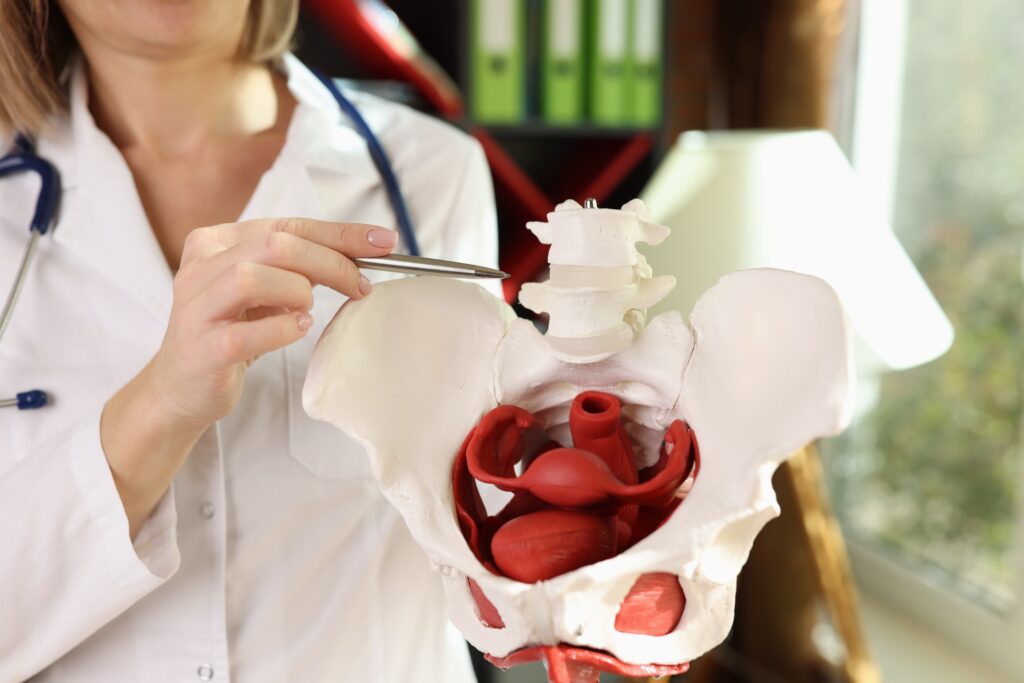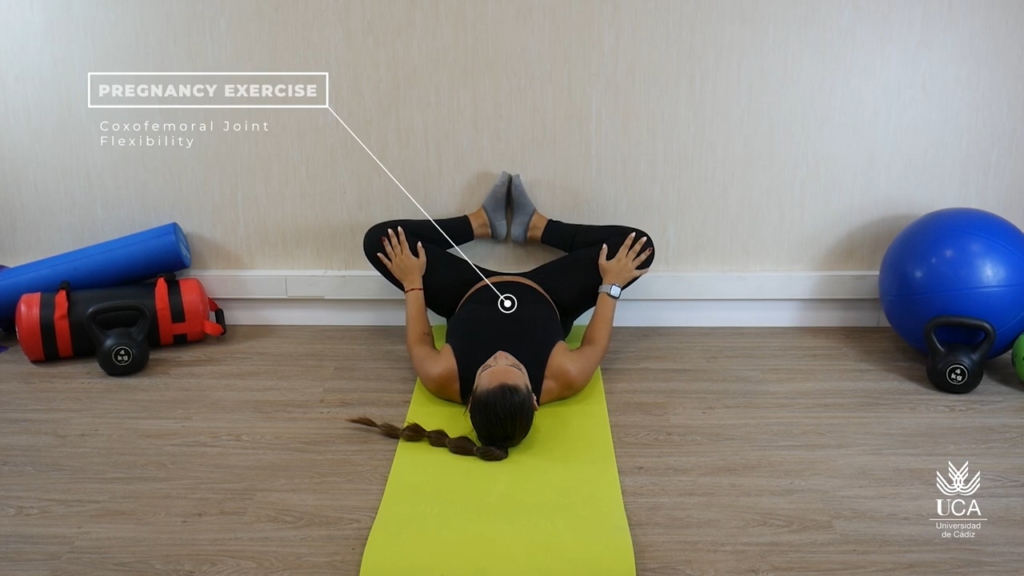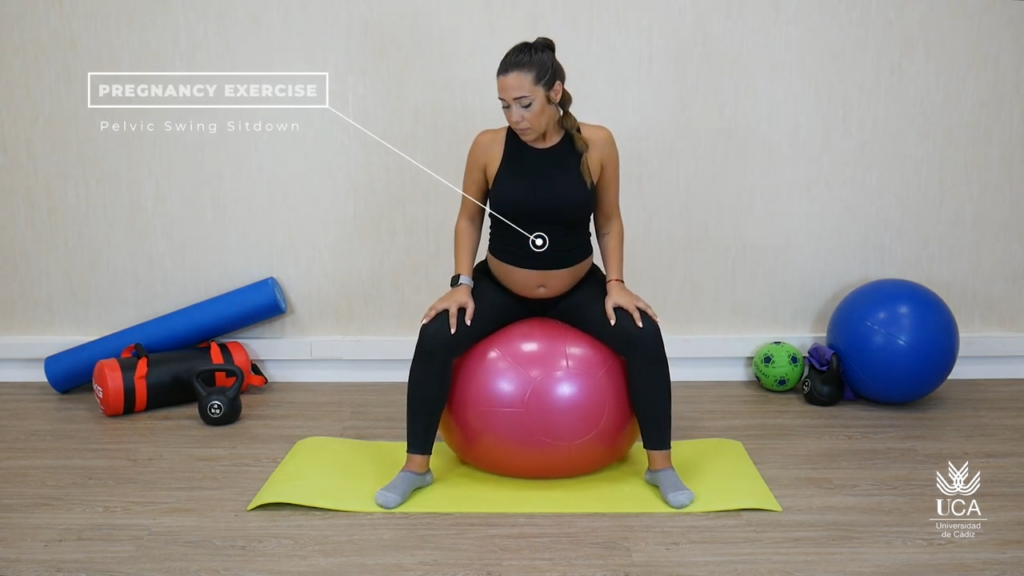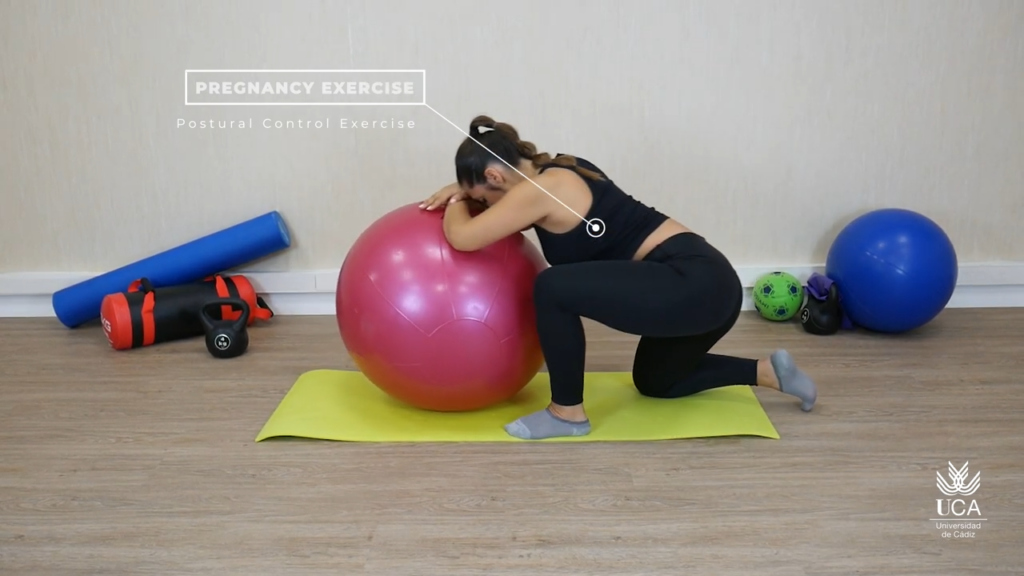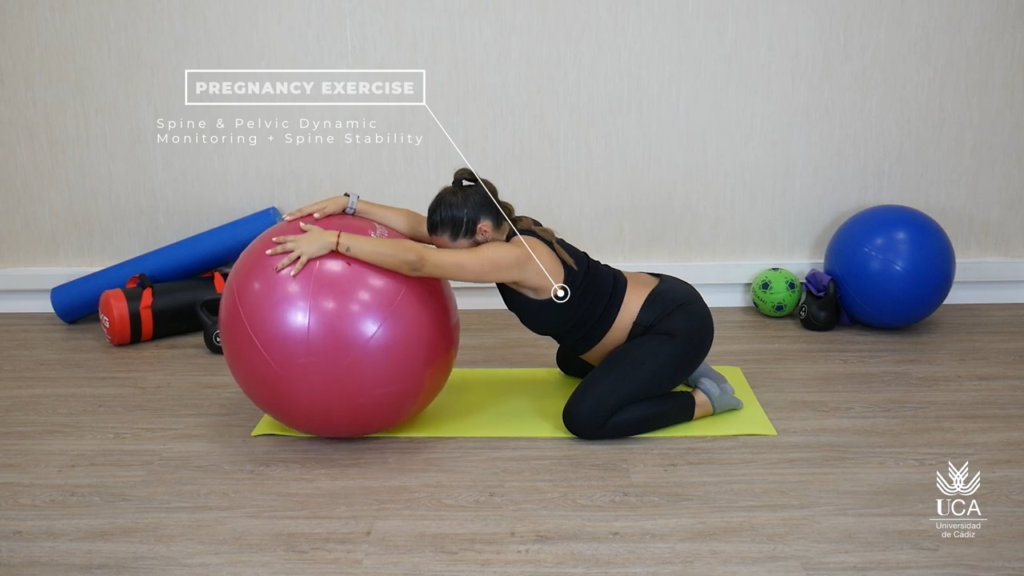Pregnancy and childbirth are a phase in a woman’s life when her body undergoes a series of structural, hormonal and psychological changes. Most often, these are temporary changes that disappear after the birth of the child, but sometimes they remain longer or even forever. Unfortunately, urogynecological complaints are quite intimate for women, they are ashamed of it or believe that it must be so and nothing can be done about it. Today’s medicine and physiotherapy are at a level where it is possible to treat the consequences of pregnancy, childbirth or other changes in the form of urinary incontinence or a disturbance in the stability of the pelvic organs (1). Urinary incontinence can occur during pregnancy, even in the first trimester. This is due to the fact that during the first weeks of pregnancy, urine production in the body increases and the growing and rising uterus takes up space for the bladder. This leads to decreased bladder capacity and frequency of urination in women. Studies show that urinary incontinence in pregnancy is closely related to instability of the detrusor muscle of the urethra.
During natural childbirth, the tissues in the pelvis are stretched – muscles, fascia, nerves. The levator ani muscle, the main muscle of the pelvic diaphragm, is particularly vulnerable and provides a kind of frame for the viscera and pelvic organs. Damage to muscle structures is also caused by pushing too early during labour, when the baby’s head is not yet in the birth canal. Sometimes medical intervention in the form of a vacuum, forceps, or an episiotomy is required. A caesarean delivery is an operation that requires cutting through several layers of the abdominal wall (skin, muscles, fascia, uterus, etc.) to deliver the baby.
Urinary incontinence after natural childbirth is also associated with abnormal functioning of the nervous system. The branches of the pudendal nerve, which supplies the pelvic floor muscles, are stretched by 6 to 22% of their length during birth. Caesarean section is a type of delivery in which the baby does not move through the birth canal, thus sparing the muscles and innervation of the pelvis. In the literature, we find many publications about women choosing caesarean section to avoid dysfunction associated with the consequences of natural childbirth. However, there are no clear data confirming that caesarean section is a form of prevention of urinary incontinence (2). There are studies that show that women who have had a caesarean section have a higher risk of urinary incontinence than women who have never given birth. On the other hand, women who give birth vaginally have a higher risk than women who have had a caesarean section (3).
However, it should be remembered that it is not possible to say unequivocally that delivery by caesarean section is an indicator of the absence of urinary incontinence problems. The most important factor is pregnancy, which brings many changes in the functioning of the body. If urinary incontinence occurs during pregnancy, the mode of delivery itself is not so important at this time, because the risk that these dysfunctions will persist is very high (4).
Grzegorz Jędrzejewski
References:
- Stadnicka G, Iwanowicz-Palus GJ. Etiologia wysiłkowego nietrzymania moczu w aspekcie porodu drogami natury Część I. 2014;8.
- Keag OE, Norman JE, Stock SJ. Long-term risks and benefits associated with cesarean delivery for mother, baby, and subsequent pregnancies: Systematic review and meta-analysis. PLOS Med. 23 styczeń 2018;15(1):e1002494.
- Blomquist JL, Muñoz A, Carroll M, Handa VL. Association of Delivery Mode With Pelvic Floor Disorders After Childbirth. JAMA. 18 grudzień 2018;320(23):2438–47.
- Juliato CRT, Baccaro LF, Pedro AO, Gabiatti JRE, Lui-Filho JF, Costa-Paiva L. Factors associated with urinary incontinence in middle-aged women: a population-based household survey. Int Urogynecology J. marzec 2017;28(3):423–9.
